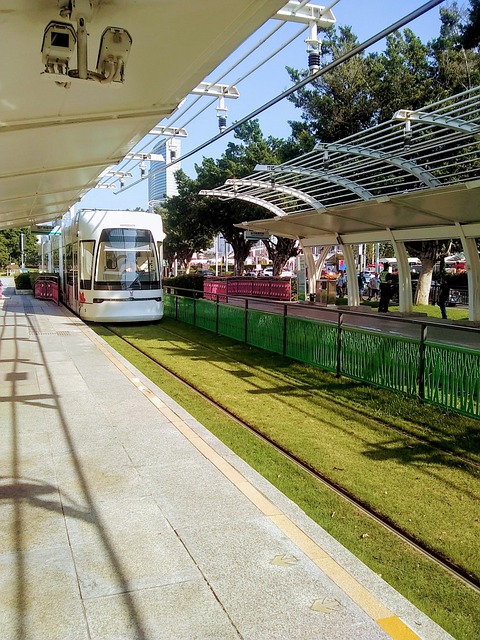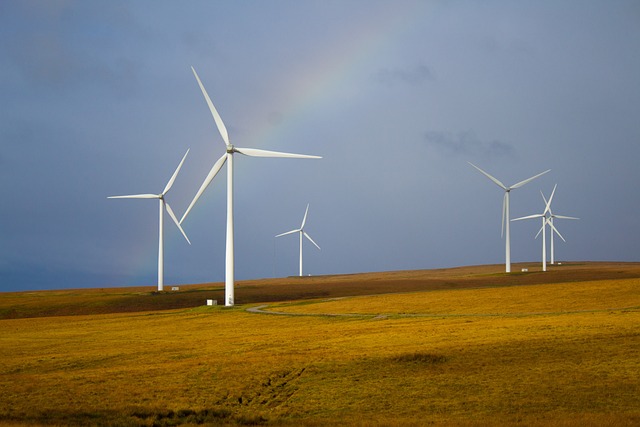Sustainable student living is a growing trend, offering eco-conscious accommodations with energy-efficient features, natural ventilation, and non-toxic materials. These rentals reduce utility bills, promote waste reduction, and enhance health and safety. Students gain practical skills for long-term environmental stewardship while contributing to global climate change efforts. Opting for green options, such as using reusable bottles and efficient light bulbs, creates a positive impact on both personal finances and the planet's future.
In today’s eco-conscious world, embracing sustainable practices doesn’t have to stop at home. For students, exploring eco-friendly living options in rentals can significantly contribute to environmental preservation. This article delves into the benefits of sustainable student living, guiding you through understanding green rental options, identifying key features, adopting simple changes, fostering community engagement, and recognizing long-term advantages. Let’s explore how conscious choices can create a greener future.
- Understanding Eco-Friendly Rentals: Benefits for Students
- Green Features to Look For in Student Accommodation
- Sustainable Living: Simple Changes You Can Make
- Community Engagement: Collective Impact on Sustainability
- Long-Term Benefits: Investing in Eco-Conscious Choices
Understanding Eco-Friendly Rentals: Benefits for Students

Eco-friendly rentals are gaining popularity among students who are environmentally conscious and looking to reduce their carbon footprint. These accommodations go beyond basic sustainability by incorporating design elements and practices that minimize energy consumption, water usage, and waste generation. Students living in eco-friendly student rentals benefit from lower utility bills, as green features like energy-efficient appliances, LED lighting, and smart thermostats significantly reduce overall energy costs.
Moreover, sustainable student living promotes a healthier lifestyle. Eco-friendly spaces often prioritize natural ventilation, proper insulation, and the use of non-toxic materials, creating a more comfortable and safe living environment. By embracing eco-friendly rentals, students contribute to a global effort to combat climate change while also gaining practical life skills that support their long-term environmental stewardship.
Green Features to Look For in Student Accommodation

When searching for student accommodation, consider properties that prioritize sustainable and eco-friendly practices. Many modern student rentals now incorporate green features to promote environmentally conscious living. Look out for well-insulated buildings with energy-efficient appliances, LED lighting, and smart thermostats, which can significantly reduce utility costs and carbon footprints.
Additionally, seek out accommodations with access to natural light and fresh air, offering a healthier living environment. Green spaces on-site, such as community gardens or rooftop terraces, encourage residents to connect with nature. Composting facilities and recycling programs are also valuable assets, fostering responsible waste management among students. These features contribute to sustainable student living and can create a positive impact on both the environment and individual tenants’ lifestyles.
Sustainable Living: Simple Changes You Can Make

Adopting sustainable student living is easier than you think and starts with small changes. One simple switch is opting for reusable water bottles instead of single-use plastic ones. This small habit can significantly reduce waste and plastic pollution. Additionally, consider using energy-efficient light bulbs; they may cost a bit more upfront, but they save money in the long run and are better for the environment.
Another easy win is cutting down on food waste. Plan your meals, buy only what you need, and utilize leftovers creatively. Buying local and seasonal produce also supports sustainable agriculture and reduces carbon footprints associated with transportation. Remember, every tiny action contributes to a greener lifestyle, especially when collectively embraced by students in rental accommodations.
Community Engagement: Collective Impact on Sustainability

Student rentals offer a unique opportunity for fostering community engagement in eco-friendly practices, collectively driving sustainability initiatives. When tenants prioritize sustainable living, they create a ripple effect within their communities, encouraging a culture of environmental awareness. Simple actions like organizing recycling drives, promoting compost usage, or hosting educational workshops can significantly impact the overall ecological footprint of the rental property.
This collective approach extends beyond individual efforts; it fosters a sense of shared responsibility among tenants and landlords. By actively engaging in sustainable practices, students can inspire their neighbors to adopt similar habits, leading to broader behavioral changes. Ultimately, this collaborative engagement paves the way for more sustainable student living environments, contributing to a greener future.
Long-Term Benefits: Investing in Eco-Conscious Choices

Students who choose eco-friendly living options in rentals are making a significant investment in their future and the planet’s well-being. While initial costs for sustainable products or energy-efficient appliances might be higher, long-term benefits far outweigh the initial outlay. These choices often lead to substantial savings on utility bills over time, as energy-efficient fixtures and appliances reduce power consumption. Moreover, students who adopt these practices contribute to a healthier environment, which has immense value in the long run.
Beyond financial savings, eco-conscious living fosters a sense of responsibility and awareness that can stay with students well beyond their rental period. It encourages them to become environmentally conscious individuals, potentially leading to more sustainable career choices and lifestyle habits that positively impact both personal and global communities.






